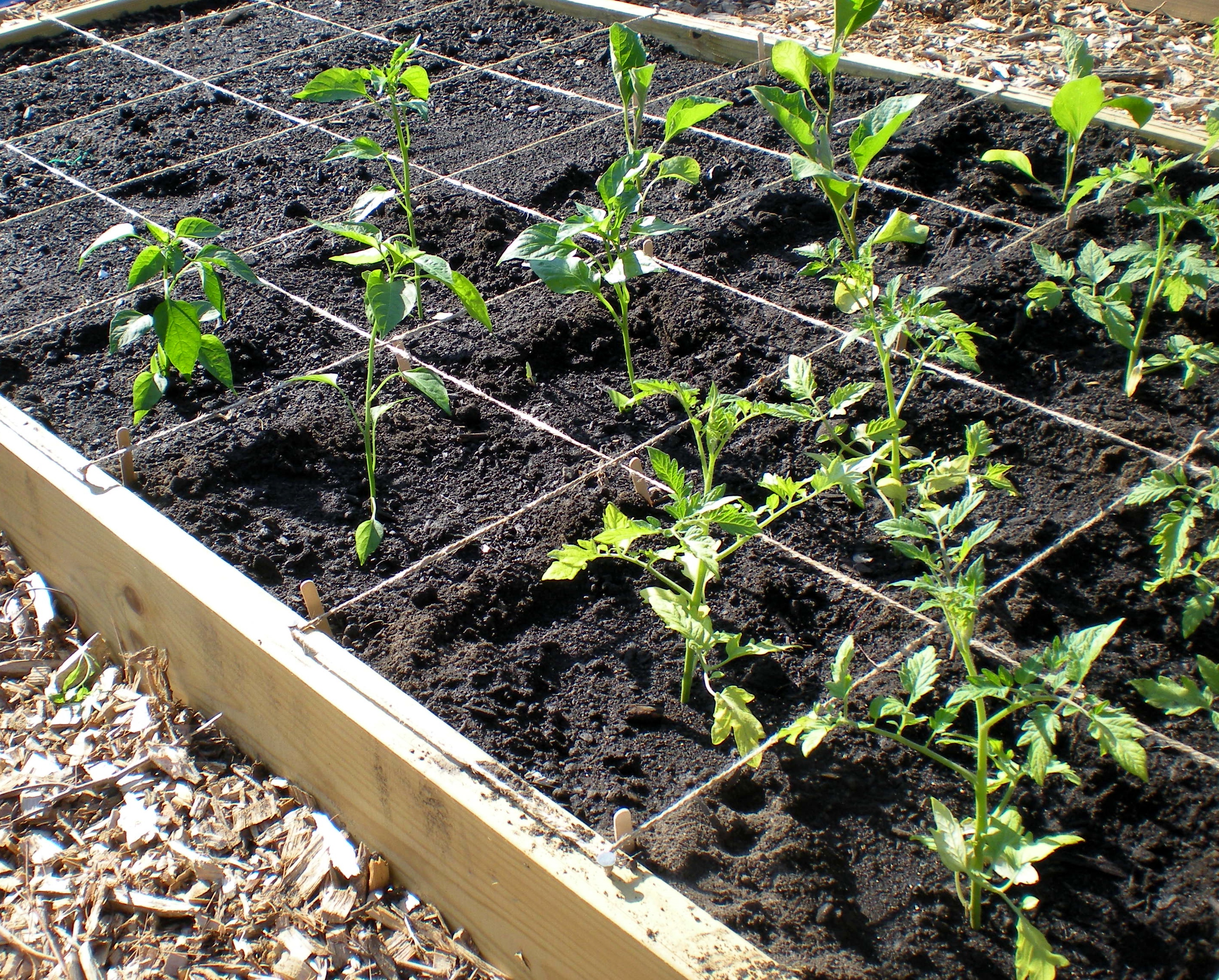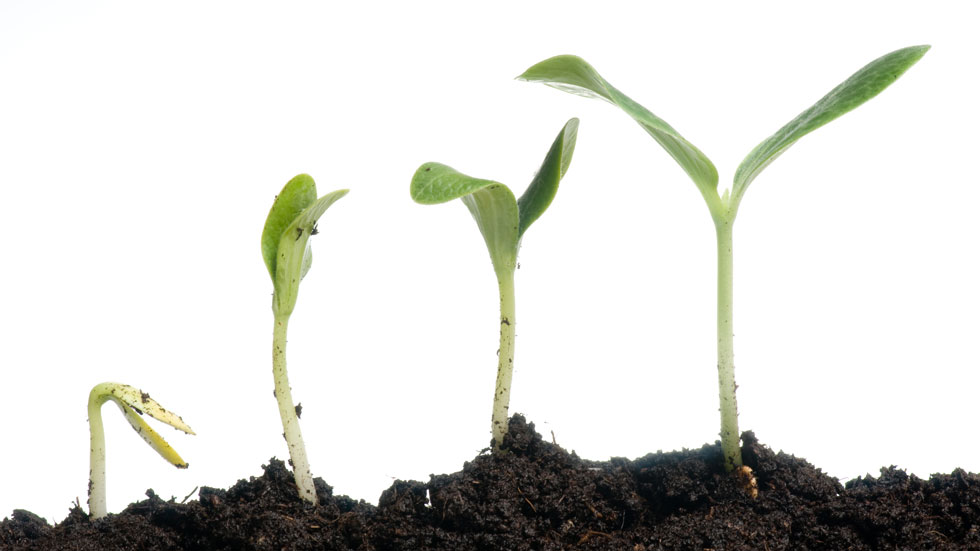As COVID-19 has serious impacts on our communities and the broader food system, we recognize that those living and working in our food desert communities are among the most affected. Please click http://growingplaces.org/about/covid-19/ to read more and access resources.
8th Annual Food Gardeners’ Gathering
2018 Harvest Fundraiser
WIC SNAP = Yes

LFM
WIC SNAP = No

Farmers markets
National Volunteer Week
Join us for NATIONAL VOLUNTEER WEEK!
April 23 – 29, 2017
Check out our PROJECTS!
Build Your Own Garden

One of the perks of the Growing Places Teaching Garden program is the opportunity to earn a free raised bed garden installation. Yep – the whole thing from lumber and hardware to soil and amendments gets brought straight to our gardeners’ homes and installed with the help of local volunteers. Pretty great, right?
But what if you’re not in our program? Or what if the garden we installed needs a replacement or additional bed? Maybe you’re looking to pull off a garden installation of your own. Well, we can help with that, too!
We’ve recently revised our method for constructing simple, 4′ x 8′ wooden raised bed frames and wanted to share. These are the directions for the construction novice. There’s no need for a basement workshop here, just a power drill and probably one other person to help you hold things steady. We’ve had numerous high school volunteer groups knock these frames out in no time flat, so don’t be intimidated by the project if you’ve never attempted anything like it before. It’s a great beginner project.
Instructions for Building a Raised Bed Frame
Once you have your desired number of frames, to install them the GP way, you’ll want to line them with a weed block. This can be as simple as 3-4 layers of newspaper end to end, or plain brown cardboard (not corrugated, which has glue), or, if you want to invest in it, use a permeable landscaping fabric. Be sure not to use straight plastic. Water won’t be able to flow through it and you’ll find you’ve created miniature swimming pools rather than a garden. Be advised, tomatoes can’t swim.

With the lining in place, you’ll add your soil. We’ve sourced our soil mix from different places over the years, including Agway and Sterling Peat and Loam. Both have performed well, but have occasionally been a bit high in organic matter content. We recommend either asking your seller if they’ve done a soil test recently and if you can see it, or testing your soil after installation to see where you’re starting out.
For a three-bed garden (our standard), we mix a 2 cu. yd. bag of vermiculite in with the nearly 3 yards of soil it takes to fill the frames. Vermiculite’s puffed up granules aid in water retention and drainage. For easiest mixing, we alternate adding soil and a dash of vermiculite to the frame, mixing with shovels and flat rakes until all our soil and vermiculite is well blended. Sometimes getting in with your hands to break up any large clumps of vermiculite is the easiest way to go.

Once everything is well mixed, we mark every foot measurement along all four sides of the top of the frame. This is where the nails will to to help us string our grid for square food gardening. Pound the nails down until only a 1/4″ sticks up. The only step left is stringing twine from nail to nail to form a grid to make square foot gardening as easy as possible.
We hope you’ll give installing a garden a try! Let us know how it goes and if you have any questions.
Some Advice on Soil Testing

Trying to figure out what amendments to add to your garden soil without soil testing is a lot like a doctor trying to prescribe medication without running any tests first. You can’t tell what’s going on just by looking.
Unfortunately, many folks’ first forays into soil science are overwhelming affairs chock full of flashbacks to high school chemistry class (shudder) and attempts to translate soil-speak terms like N-P-K, macronutrients and organic matter content. We know from our gardeners that some people get frustrated and just give up.
In our Teaching Gardens, we do our best to break the big, daunting picture down into some concrete, common sense steps for keeping your garden soil healthy, without getting too far into the nitty gritty.
Let’s start at the beginning.
WHAT IS SOIL TESTING?
Soil testing is a process used to determine the chemical composition of soil. It compares what’s in your soil, i.e. the nutrients, with the levels that are known to encourage healthy plant growth. Nutrients that should exist in large quantities are called macronutrients and those that should exist in smaller amounts are called micronutrients. Both contribute to healthy soil. Your soil test will measure what’s in your soil currently and make recommendations for how to improve the balance of nutrients if necessary. Again, think of this like a blood test for your garden to help you figure out deficiencies as well as excesses.
WHEN DO YOU NEED TO SOIL TEST?
Soil Test If:
1. You’re planning to add fertilizer or other amendments like compost to your garden soil. If you are planning to adjust your soil, it’s important to know where you’re starting to avoid adding nutrients you may not need. An excess of some nutrients can be just as harmful to plant growth as a lack of them. In addition, excess nutrients can run off into ground water, affecting local drinking water, fisheries and recreational areas.
2. You are starting a new garden. It’s important to test “new” soil for toxic heavy metals, like lead, before starting a vegetable garden in an untried location. Old homes with lead exterior paint that may have gotten into the nearby soil are particular risks. Soil test results can also tell you if you need to add certain nutrients, like nitrogen (N), phosphorus (P) or potassium (K), that might be lacking.
3. You are seeing unexplained symptoms in your garden. Are your plant leaves turning purple? Do you have vigorous leaf growth, but no produce? If you cannot explain a symptom in your garden with pest, disease or human interference, test your soil to see if a lack or an excessive supply of nutrients is causing problems.
4. You are interested in soil science. If you’re curious about the composition of your soil and want to know more about fostering a healthy ecosystem in your garden, soil testing is a great place to start.
Don’t Bother If:
1. Your garden is growing great! Soil testing does cost money, and garden budgets are sometimes tight. If all is well in your garden and it’s unlikely there’s been lead paint in your location, there’s really no need to soil test.
2. You have just received a garden installation from Growing Places. We provide safe, good quality soil for your raised bed installation and there’s no need to soil test.
IF YOU DO DECIDE TO TEST
To help make sure your soil does not change significantly between the testing time and when you next attempt to grow in it, soil test in early spring before you plant or in late fall after your garden has used the bulk of the nutrients it will for the growing season. Often soil test labs are less busy in the fall and can offer quicker turnaround times.
COST
Soil testing costs range depending on how many services you request and how many samples you submit. For one routine soil test, the current cost through UMASS Extension Services is listed at $15 at the time this post was published. A measure of organic matter, which is recommended, was listed as an additional $6 service per sample.
WHERE
UMASS Extension Service offers relatively inexpensive soil testing through their Soil and Plant Tissues Testing Lab. Soil samples and soil test ordering forms can be mailed to:
Soil and Plant Tissue Testing Lab
West Experiment Station
682 North Pleasant Street
University of Massachusetts
Amherst, MA 01003
UMASS Soil and Plant Tissue Testing Lab can also be reached by phone at 413.545.2311 or email at soiltest@umass.edu if you have questions.
Instructions for taking a soil sample are provided on their website: soiltest.umass.edu. A few weeks after mailing your soil sample to the lab, you will receive your soil test results, indicating what nutrients are present in your soil and which are low. UMASS’ soil lab kindly makes recommendations on what to add and how to add it.
TIPS FOR TAKING A SOIL SAMPLE
1. Use clean tools. Clean your trowel and any container you use to hold the soil with soapy water and rinse well. You don’t want any contaminants in the sample.
2. Take a representative sample. This is where common sense, and your knowledge of your garden, really help. UMASS requests a composite sample scooped from a mixture of 12 separate samples from around your garden. If your garden is quite large, this is reasonable. If your garden is on the small side, like ours, 12 samples might just be all the garden soil you have! Instead, consider taking only 3 or 4 samples to mix together. Keep in mind, your soil sample that you send in will be 1 cup of soil scooped from the fully mixed sample you take.
Also consider what you want to know. If you intend to treat your entire garden the same, send in a single sample. If you intend to reserve a portion of your yard for a particular crop – be it asparagus or blueberries or potatoes – send a sample for that portion of the yard separately from the sample you take for the main garden.
3. Take a level sample. Soil composition changes as you dig down into the earth. When taking a sample, do your best to level off your trowel-full so that you have roughly the same amount of soil from 2″ down as you do from 6″ down.
4. Don’t send in wet soil. The labs won’t process a wet soil sample, so be sure to dry your soil out thoroughly before sending it in. Spread the soil on clean paper plates or newspaper for a couple days to allow time for moisture to evaporate.
And finally, our Gurus agree: at-home soil test kits aren’t worth the money. They’re harder to read, offer less precise results, and don’t offer amendment recommendations like you’ll get from a soil testing lab. Worst yet, they’re still $10-$15. If you find you need or would like to test your garden soil, send away to a lab for accurate, thorough results.




